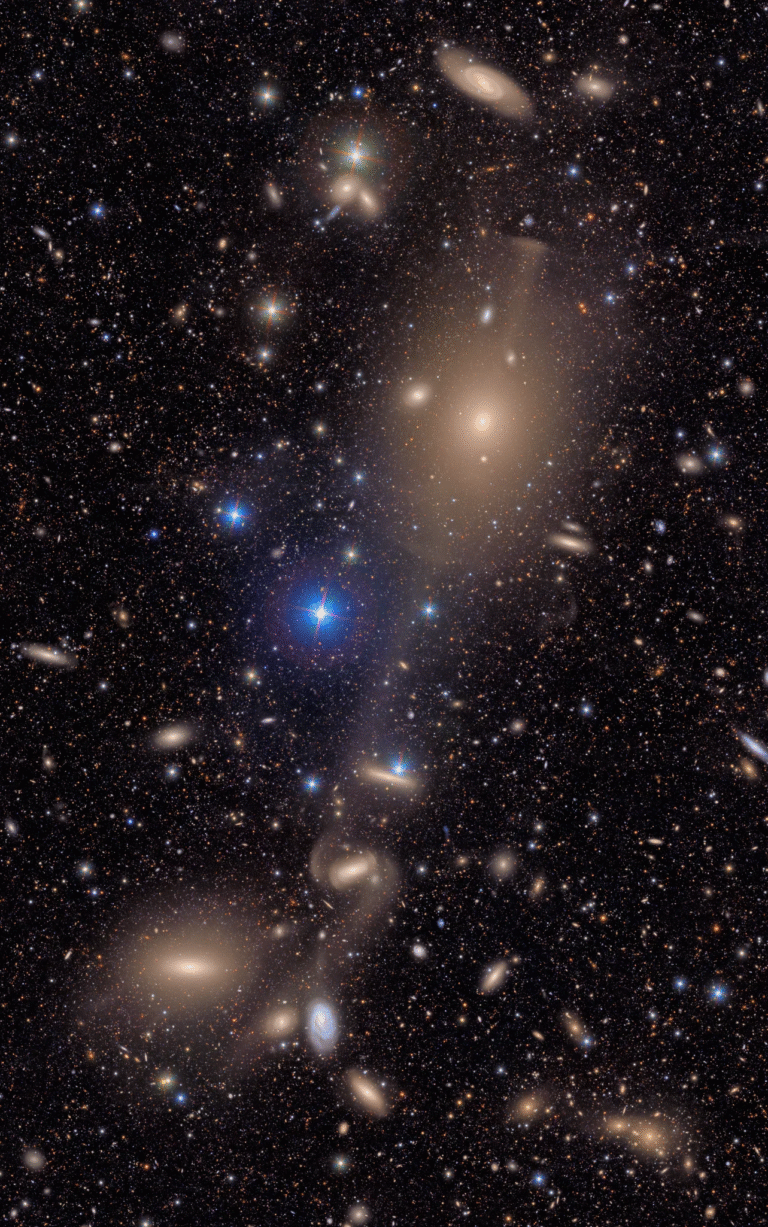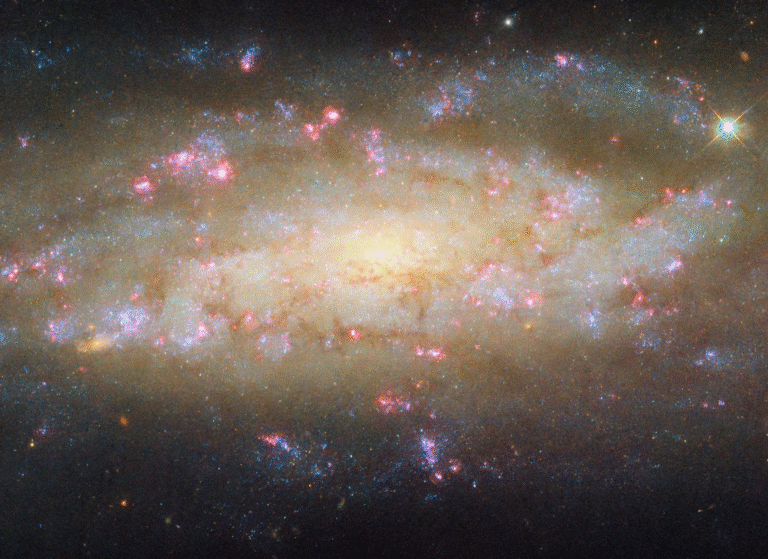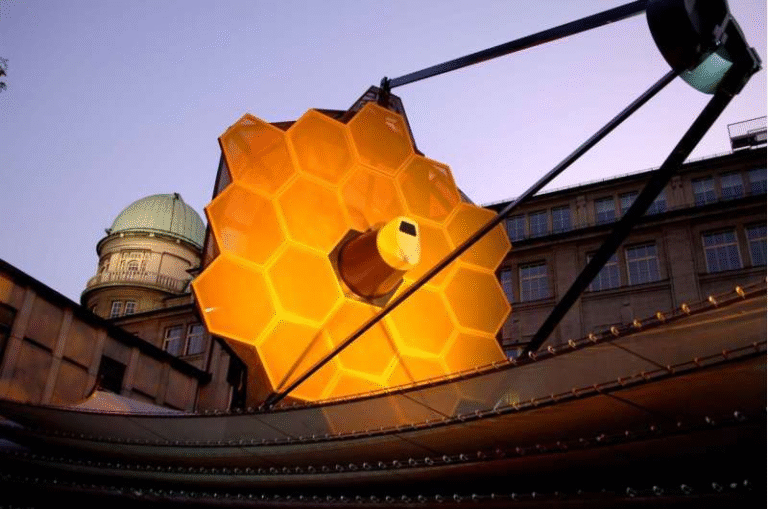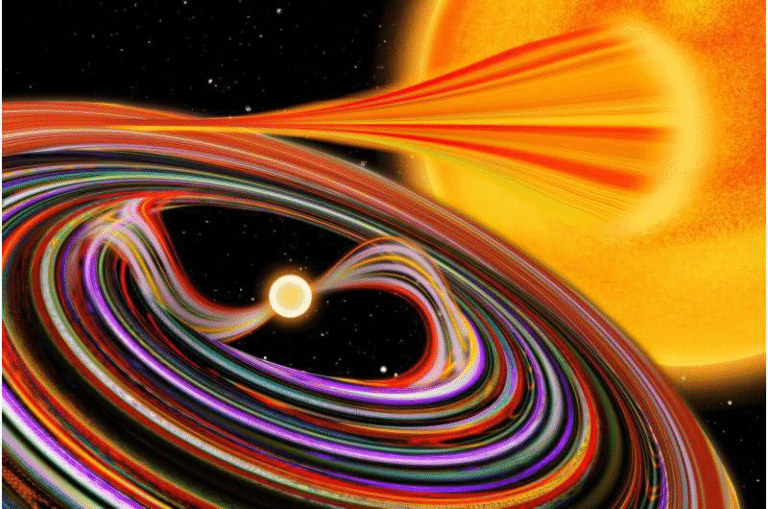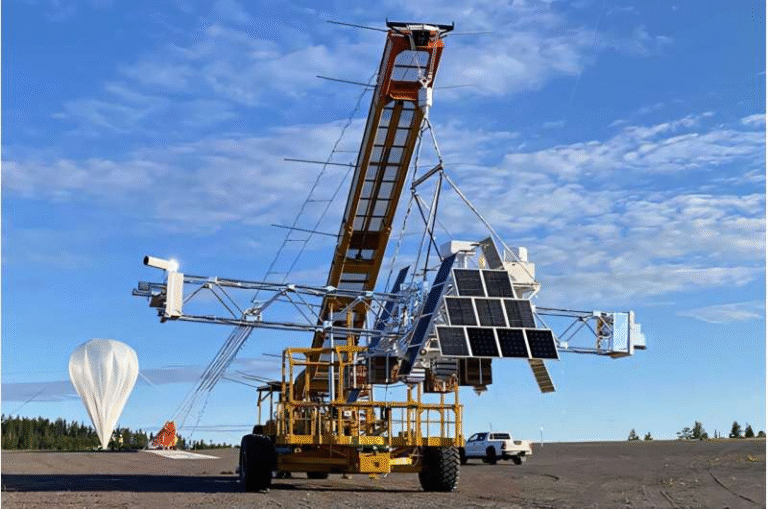Tycho’s Supernova May Have Exploded Inside a Planetary Nebula, Study Suggests

In 1572, Danish astronomer Tycho Brahe noticed a bright new star suddenly appear in the constellation Cassiopeia. It was so brilliant that it was visible even in daylight for weeks. What Tycho had witnessed was the explosion of a dying star — a supernova — and its remains, now called the Tycho Supernova Remnant (SNR), have been studied for centuries.
Now, over 450 years later, new research proposes that Tycho’s supernova wasn’t just an ordinary stellar explosion. According to a recent analysis by Noam Soker (2025), it may have detonated inside a planetary nebula — the gaseous remains of a previously dying star. If confirmed, this would mean Tycho’s supernova was a SNIP — a Supernova Inside a Planetary Nebula — and could reshape how astronomers understand one of the universe’s most famous cosmic blasts.
What Makes This Discovery Special
Traditionally, Type Ia supernovae — the type that includes Tycho’s event — are thought to occur when a white dwarf (the dense core of a dead star) accumulates too much material and undergoes a thermonuclear explosion. These events are incredibly important in astronomy because they shine with a consistent brightness, making them “standard candles” for measuring cosmic distances.
But the new research challenges this standard view. The study suggests that Tycho’s supernova didn’t explode in empty space, but rather within the fading shell of gas and dust left behind by its progenitor star — a planetary nebula. Planetary nebulae are usually visible for only a few hundred thousand years before dispersing into space. This means the timing of the explosion had to be just right — the supernova occurred while the nebula was still intact.
This combination is rare and fascinating. If correct, it means the supernova occurred in a dynamic environment rather than a calm, empty one. The surrounding gas could have shaped the structure of the remnant we see today.
Evidence That Tycho’s Supernova Was a SNIP
The strongest evidence comes from the shape of Tycho’s remnant. Observations show two opposite “ears” extending out from its otherwise circular shell. These protrusions aren’t random features. They closely resemble structures found in three other well-known Type Ia supernova remnants — Kepler’s SNR, SNR G299.2-2.9, and SNR G1.9+0.3. All of these have been proposed as possible SNIPs.
According to the study, these “ears” may form when a supernova explodes inside a nebular shell. The expanding blast interacts with the denser gas in some directions more than others, creating lobes or elongated features.
Further support comes from evidence of dense circumstellar material (CSM) surrounding Tycho’s remnant. Measurements suggest the region contains 1.3–1.7 solar masses of gas — much more than what’s typically expected if the supernova had exploded into normal interstellar space. This suggests the presence of leftover material from an earlier phase in the star’s life, such as a planetary nebula.
Astronomers have also searched for a surviving companion star — a bright partner that might have donated mass to the white dwarf before the explosion. However, no such star has been found. This weakens the traditional single-degenerate model, where a white dwarf gains mass from a living companion.
The Core-Degenerate Scenario
The study points to a specific explosion mechanism known as the core-degenerate (CD) scenario. In this model, a white dwarf spirals into the core of a companion star while both are still surrounded by a shared envelope of gas. Eventually, the two cores merge into a single massive white dwarf.
After some time — possibly thousands to hundreds of thousands of years later — that merged white dwarf detonates as a Type Ia supernova. Crucially, this can happen before the planetary nebula has fully dispersed, meaning the explosion occurs within a visible shell of gas.
This idea neatly explains both the shape and the environment of the Tycho remnant. It also accounts for why there’s no surviving companion star today — the two stars merged before the explosion occurred.
How Common Are SNIPs?
If Tycho’s supernova was indeed a SNIP, it might not be unique. The study estimates that 70% to 90% of normal Type Ia supernovae could be SNIPs — meaning most of them occur within some kind of nebular structure rather than in isolation.
That’s a bold claim. If correct, it would reshape how astronomers think about where and how Type Ia supernovae occur. Instead of being ancient explosions in old, quiet stellar populations, many might actually come from younger systems where a planetary nebula still lingers.
This could also influence how astronomers use these explosions to measure cosmic distances and study dark energy, since the surrounding material can subtly affect how light travels from the supernova.
Understanding Planetary Nebulae
Despite the misleading name, planetary nebulae have nothing to do with planets. The term dates back to 18th-century astronomers who thought their round shapes resembled planets like Uranus or Neptune.
A planetary nebula forms when a red giant star — a dying, Sun-like star — sheds its outer layers into space. The hot core left behind, now a white dwarf, illuminates the gas, making it glow beautifully in colors of green, red, and blue. Famous examples include the Dumbbell Nebula (M27) and the Ring Nebula (M57).
These structures typically last only a few hundred thousand years before fading away. That’s incredibly short on cosmic timescales, so finding a supernova remnant still embedded in such material provides a rare glimpse into a fleeting phase of stellar death.
Why This Matters for Type Ia Supernovae
Type Ia supernovae are among the most studied cosmic events because they’re used to calculate the expansion rate of the universe. They’re supposed to explode with nearly uniform brightness, allowing astronomers to use them as reliable distance markers.
But if many of these explosions occur in planetary nebulae, as this research suggests, it means the environment might not be as “clean” as assumed. The extra gas and dust could influence how light from the explosion travels and appears to observers, introducing subtle variations.
This doesn’t invalidate their usefulness, but it adds complexity to how we interpret their light curves and brightness. Understanding the true environments of Type Ia supernovae is therefore crucial for refining our cosmic distance measurements.
Remaining Questions
While the SNIP model fits Tycho’s remnant well, there are still unanswered questions. For instance, the exact timing of when the planetary nebula formed relative to the explosion remains uncertain. The nebula must have existed long enough to be visible but short enough not to have dispersed.
It’s also possible that other mechanisms — like asymmetrical explosions or uneven interstellar gas — could have created the “ears” seen in Tycho’s remnant. These possibilities mean the SNIP interpretation, while compelling, is not yet definitive.
The study itself is currently a preprint on arXiv, meaning it hasn’t yet undergone formal peer review. Future observations and simulations will help confirm whether Tycho’s case — and possibly many others — truly fit the SNIP model.
The Continuing Legacy of Tycho’s Star
More than four centuries after Tycho Brahe charted the “new star” in Cassiopeia, it’s still teaching us about the life and death of stars. The idea that this ancient explosion happened inside a planetary nebula adds a new twist to a centuries-old mystery.
If most Type Ia supernovae really are SNIPs, then what we thought were “simple” explosions in empty space may actually be far more complex — explosions taking place inside the glowing remnants of their own past lives.
Research Reference:
Noam Soker (2025). Tycho Supernova Exploded Inside a Planetary Nebula (SNIP). arXiv:2510.12674

